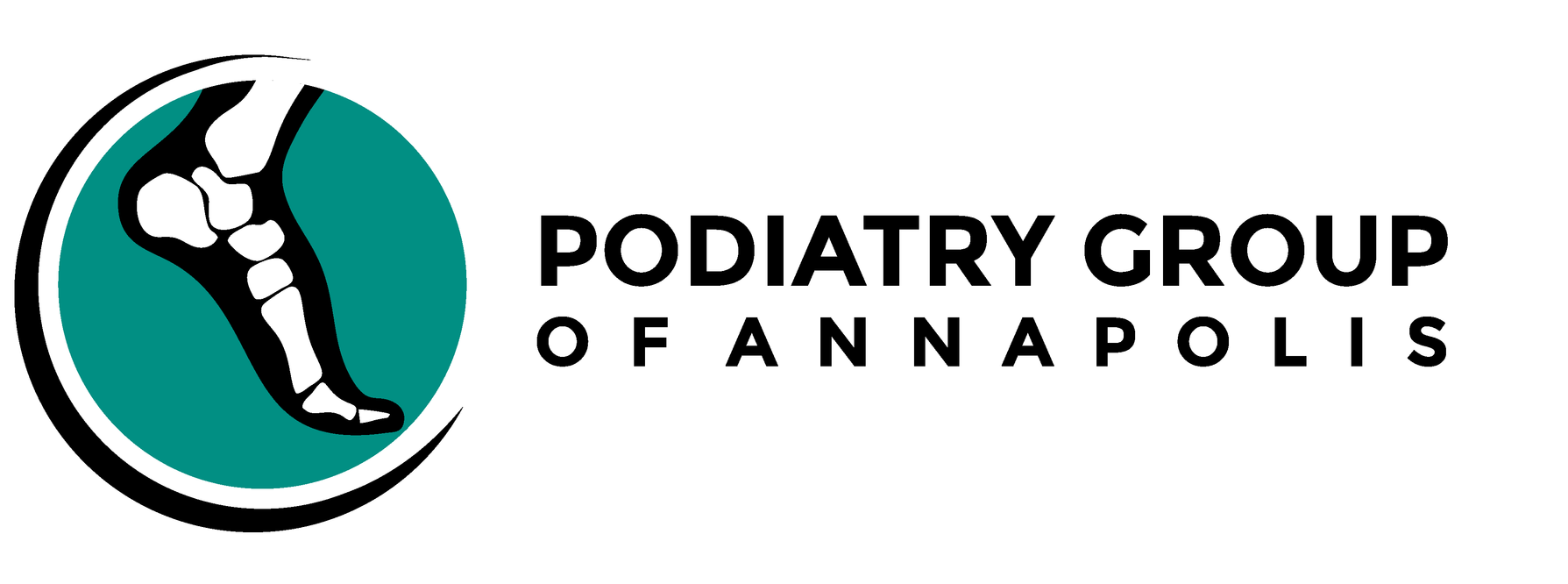Help for Summer Blisters
It's summer in the Northeast, and many of us are spending as much time outside as possible, soaking in the warm weather before it's gone. Dressing for summer fun can mean wearing new shoes, or shoes that haven't come out of the closet in months, or perhaps even a pair of inexpensive shoes that are fun to wear but are made of non-breathable materials or fit poorly. All of these scenarios can lead to blisters.
Blisters are the result of a friction burn created when skin repeatedly rubs against something else, such as the inside of a shoe. Heat builds up and causes a swelling which may or may not contain fluid as it rises. Most small blisters are merely uncomfortable and inconvenient. They disappear on their own in just a few days. More severe blisters can easily become infected.
Preventing Blisters
Follow these simple steps to prevent summer blisters:
A red spot on the skin is an early warning sign that a blister is forming. You'll often notice this first at the back of the heel, the instep, or the toes. You can prevent a blister by covering this spot with a bandage or tape as soon as you find it.
Practice good hygiene. Starting your day with clean feet and keeping them dry during the day will improve all aspects of podiatric health, including blister prevention. Consider adding foot powder to your morning routine if your feet tend to get damp and sweaty during the day. Wash and dry your feet once more before bed.
Two different sock options are effective for preventing blisters. One is thick, cushioned socks; the other is wearing two layers of thinner socks. Different people prefer one option over the other. Try both to find what works best for you.
Change socks during the day if your feet feel damp. Wet socks will create more friction and will raise blisters faster than dry socks. Wool socks will stay dryer than cotton. Light weight wool socks for summer are available at most sporting good stores. Going hiking or biking? Pack an extra pair.
Choose shoes that fit correctly. Shoes that are too tight or too big will lead to rubbing or friction at the heels and toes. This even applies to shoes that are really cute and/or on sale!
If you exercise outside, invest in proper footwear and take good care of it. Replace your running shoes after 6 months or 500 miles.
Treating Blisters
Don't squeeze or pop a blister; it will drain naturally if left alone. If your blister is uncomfortable or irritating you, wear open shoes that don't rub against it. Protect the blister with a bandage or a bit of padded tape with a hole cut out.
Contact Podiatry Group of Annapolis and let us help with all your foot and ankle needs. Dr. James Mckee and Dr. Adam Weaver are experienced and dedicated podiatrists who provide high-quality individualized care. Call us today at 410-224-4448 or visit us online to make an appointment at our conveniently located Annapolis office.

